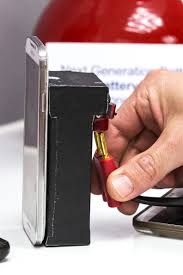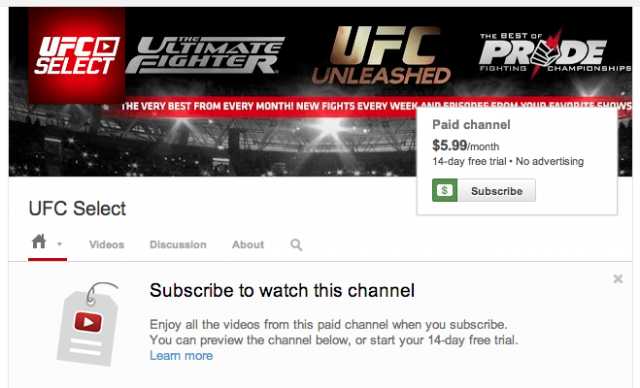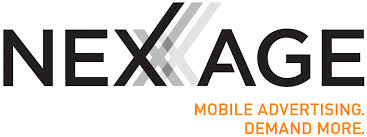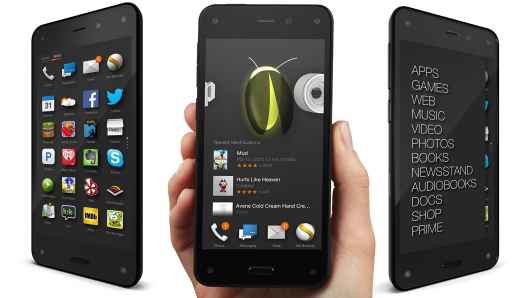
In a world that has grown increasingly reliant on their mobile devices, easy and quick charging has become imperative. Users no longer wish to simply be able to charge quickly, but for the charge on the battery to hold significantly longer than was previously expected. Often it has been joked that users would find the ideal solution to be a thirty second charge that can get them through a significant amount of usage time. However, according to an article recently completed by the Mirror, that may no longer be an idealistic and unrealistic expectations.
StoreDot, an Israeli technology company, released information that they could possibly have a battery that can be charged in seconds. The battery could be charged in under thirty seconds to give enough power to get through an entire day’s worth of usage. However, it is expected that any such battery would raise the price of a mobile phone quite drastically—approximately one hundred and fifty dollars. It should also be noted that the prototype currently created by StoreDot is simply too large to fit inside any form of a mobile device. However, StoreDot believes they can slim the product down to fit in a standard device by 2016, indicating that, in possibly as short as a little over a year, mobile devices could be able to be charged in seconds for an entire day’s worth of power.
Specifically, Doron Myersdorf, founder and chief executive of StoreDot, indicated that he has high hopes for the battery, declaring that it has the capabilities to ultimately be charged approximately one thousand five hundred times over the course of the device’s life. This would result in over three years of a life span for the device. The company has found many investors interested in the product, receiving over forty eight million dollars in investments over the course of two fundraising rounds. One such investor includes Russian billionaire Roman Abramovich, who has put $10million into the project.
As another side project, Myersdorf also indicated that he hopes to revolutionize the production of car batteries. He hopes to create a product that can recharge in two to three minutes, serving as a significant improvement on the existing battery, which requires an entire night to recharge.


 When Paul Adams left Facebook to join Intercom, a customer communications firm, his goal was to help businesses become more personalized and intimate communication methods with customers. The release of the newest version of Intercoms in-app messaging service seemed to be a step in the direction of achieving that goal. Some critics were wary upon the first release of details of the new version of the app, claiming that it wasn’t that different from Series B, the version of the app released earlier in the year.
When Paul Adams left Facebook to join Intercom, a customer communications firm, his goal was to help businesses become more personalized and intimate communication methods with customers. The release of the newest version of Intercoms in-app messaging service seemed to be a step in the direction of achieving that goal. Some critics were wary upon the first release of details of the new version of the app, claiming that it wasn’t that different from Series B, the version of the app released earlier in the year.